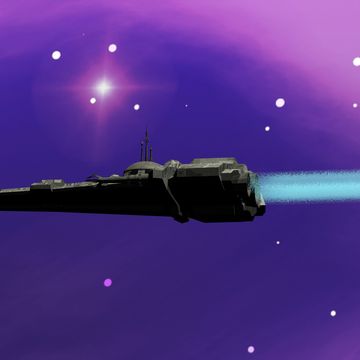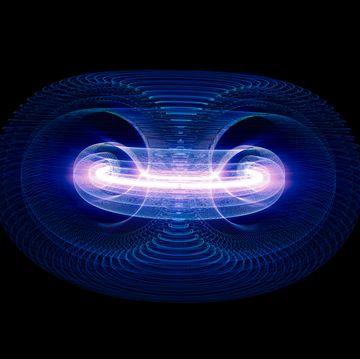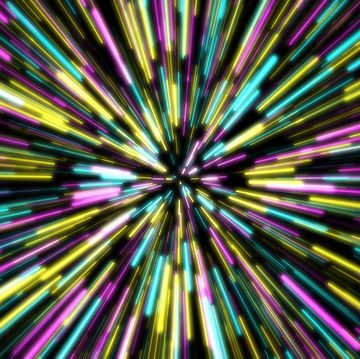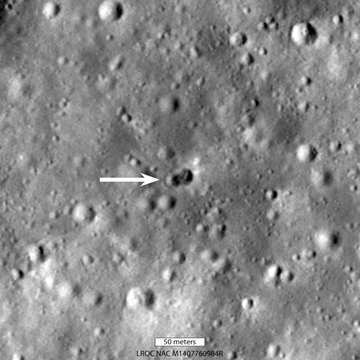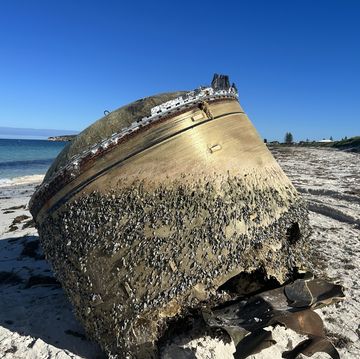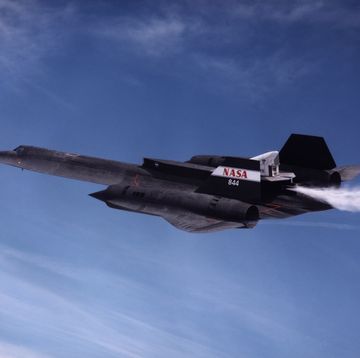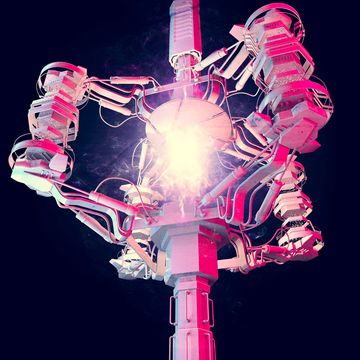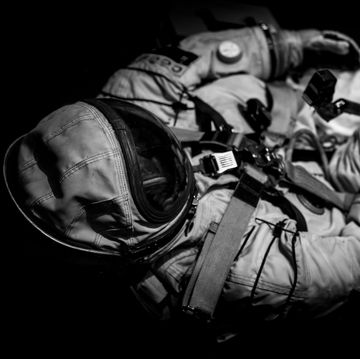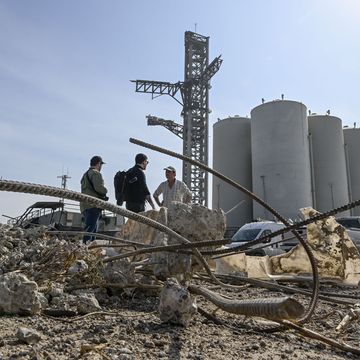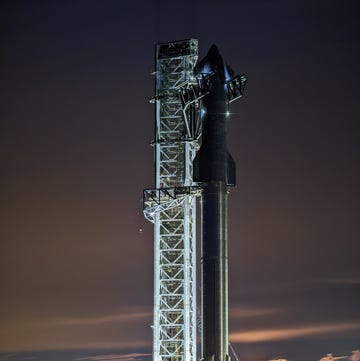Late last month, while I was in a hotel ballroom packed with more astronauts, engineers, scientists, and space policy experts than you'd find in Houston's Mission Control, all eyes were on the Dragon, the SpaceX cargo capsule that launched early on May 22 to the International Space Station (ISS). Timed as if to kick-start the AIAA Global Space Exploration Conference in Washington, D.C., Dragon rocketed to orbit, wowing the conferees and returning on May 31 from a demonstration cargo run to the ISS. The success marked the first such visit by a privately designed and built spacecraft. More important, it marked a vital NASA milestone in reopening the U.S. supply line to the space station, and brought closer the space agency's goal of sending its astronauts aloft on American rockets.
When Dragon sliced into the Pacific swells off Baja, Mexico, last Thursday, it completed a list of accomplishments. It was the third successful launch of SpaceX's Falcon 9 rocket and the second success for the Dragon spacecraft; despite some launch delays, both components are batting 1.000. Dragon on this flight maneuvered with rocket thrusters and completed an autonomous rendezvous with ISS, a first for a private spacecraft. Dragon's sensors and software "parked" Dragon safely just 30 feet from ISS, where astronauts grabbed it with the ISS robot arm. The capsule spent nearly a week at ISS, delivering 1100 pounds of cargo. These were nonessential items, but SpaceX plans the first of a dozen paying cargo runs this fall. And the company's success buoys the hope that NASA can supply the station for research without depending on foreign launchers.
For an astronaut, the import of Dragon's test flight was twofold. First, it means that NASA can start to fill the 40-ton cargo shortfall it faces at ISS, supplying the six-person outpost with the research and habitation supplies needed for full productivity. Unlike the Russian, European, and Japanese robot cargo ships currently flying, SpaceX's Dragon can make a round trip. On this first ISS run, it returned about 1400 pounds of cargo safely to Earth. Most was used or obsolete equipment, along with a few pounds of science samples. This return capability, lost with the shuttle's retirement, is an important plus for Dragon and key to getting the most from space station research.
Second, it means chances are better that my colleagues might soon be riding to and from the station on a safe, economical spaceship. The SpaceX success brightens the prospects of NASA's Commercial Crew Development (CCDev) program, hiring commercial firms to fly US astronauts to ISS. The reusable Dragon is aimed at meeting that need; NASA hopes to have a private astronaut transport ready by 2017. There are many design milestones and test flights still to come, but Dragon shows that NASA may be on the right path to end the necessity of paying $60 million per astronaut to fly to orbit on the Russian Soyuz.
ISS astronauts were impressed with Dragon as a potential transport ship, finding its roomy interior clean and inviting. The mission's success may build support in Congress for NASA's dual approach to human spaceflight: fly cargo and crew to low Earth orbit on commercial rockets, built and operated privately, and with those savings focus on deep-space travel with the government's Orion spacecraft, intended to reach the Moon, lunar orbit outposts, and nearby asteroids. Orion's first unmanned test flight is planned for 2014.
SpaceX's success might help out NASA on Capitol Hill too. An influential House member, Congressman Frank Wolf (R-Va.), last week expressed measured support for NASA's private astronaut transport competition, a switch from his earlier skepticism. The shift may free up to $800 million in 2013 NASA funding for SpaceX and other industry competitors seeking the astronaut transport contract. Wolf and other congressional critics were pressuring NASA to pick a single transport company now, the idea being to save time and money. NASA wanted to continue to seed up to four competing companies. Dragon's success may win NASA more leeway to manage several competing space transport companies and get them the funding needed to mature their designs. More competition may mean a better long-term solution for taxpayers and a safer ship for NASA crews.
Dragon took one giant leap last week in restoring an American path to space. We must follow up by accelerating the commercial effort, getting astronauts aloft well before 2017. We shouldn't have to wait five more years for the NASA–commercial partnership to get off the ground.
Tom Jones is a veteran NASA astronaut, planetary scientist, and author of Sky Walking: An Astronaut's Memoir.


